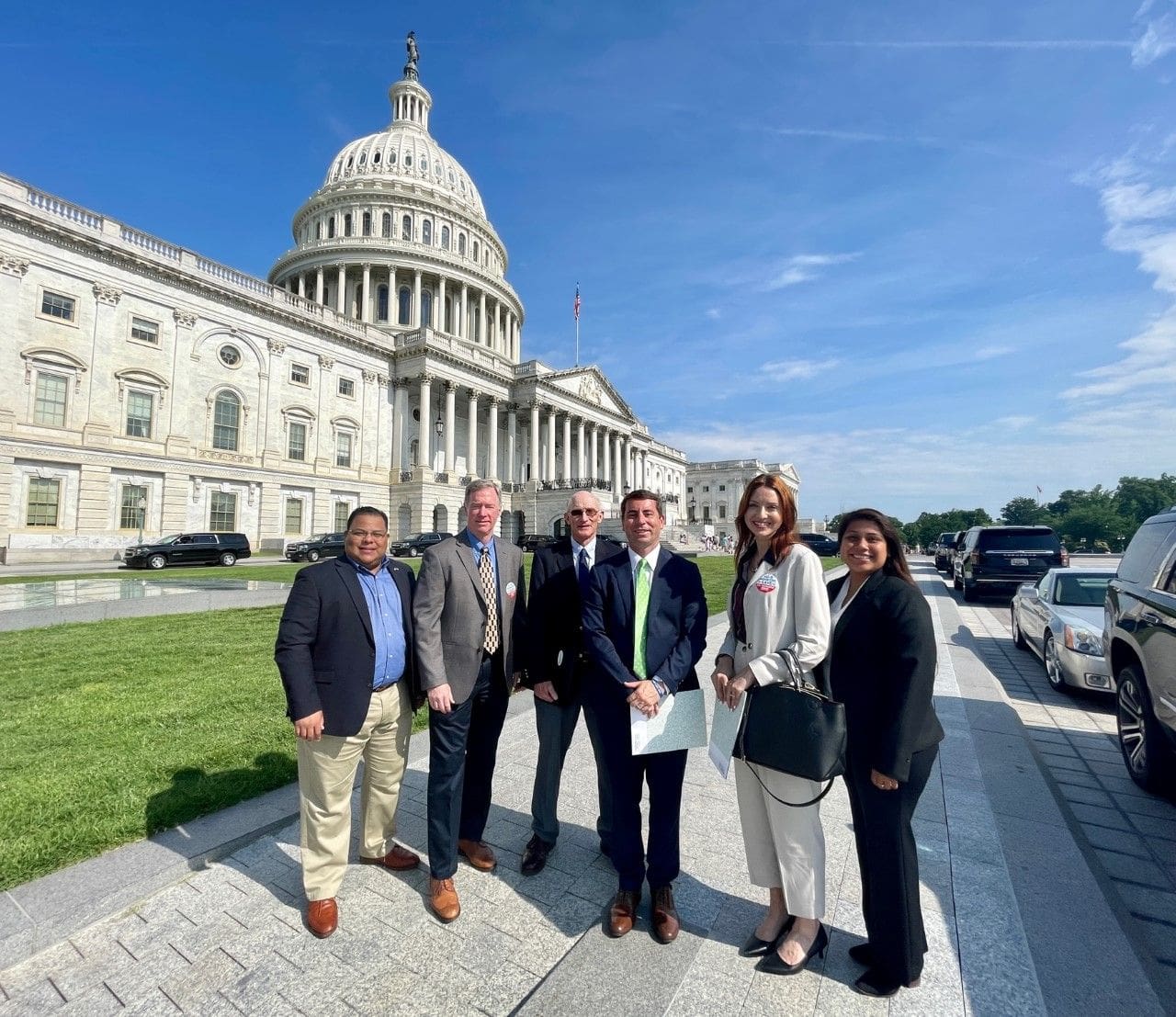
The Department of Homeland Security (DHS), in conjunction with the Department of Labor (DOL), will be issuing a regulation that will make an additional 64,716 H-2B temporary nonagricultural worker visas for fiscal year (FY) 2023.
These visas are in addition to the 66,000 H-2B visas that are normally allocated each fiscal year. DHS hopes that by making these supplemental visas available at the beginning of the fiscal year (which began on October 1, 2022), the Agency will be able to address employers’ needs for additional seasonal workers in a much timelier manner.
“This announcement is the first time an Administration has used their discretionary authority to release the maximum amount of supplemental H-2B visas under the law and will also enable landscape professionals to access these supplemental H-2B visas when they’re needed in April, not July,” says Andrew Bray, NALP senior vice president of government relations and membership. “We applaud the leadership and support for seasonal businesses by this Administration and look forward to working through the timely execution of this announcement and then turning to Congress to permanently fix the H-2B program once and for all.”
The authority for DHS and DOL to grant additional H-2B visas above the 66,000 statutory threshold is only possible due to the successful efforts of NALP and our industry partners in the H-2B Workforce Coalition to successfully lobby for and obtain a rider in the Department of Homeland Security Appropriations measure since 2017. Since first obtaining 15,000 additional H-2B visas in 2017, we have successfully increased this number each successive year, culminating with this announcement to release the maximum amount the rider we insert allotted.
Note the rider providing the visa amount is based on the maximum amount of H-2B visas ever issued when a returning worker provision was enacted in 2007, which equals 64,716.
This is a significant win for the landscape industry as it virtually doubles the cap for FY 23 and enables these visas to be issued in the spring, not the summer like years past. This announcement also demonstrates support for the program and a realization that our shift labor market requires the expansion of polices like the H-2B program to benefit U.S. workers, employers the customers they serve and the health of the overall economy.
The supplemental visas include an allocation of 20,000 visas to workers from Haiti and the Central American countries of Honduras, Guatemala, and El Salvador. The remaining 44,716 supplemental visas will be available to returning workers who received an H-2B visa or were otherwise granted H-2B status during one of the last three fiscal years.
The regulation allocates these visas between the first half and second half of the fiscal year, with a portion of the second half allocated to meet the demand for workers during the peak summer season.
Along with the release of these supplemental visas, DHS and DOL are also working together to institute a new White House-convened Worker Protection Taskforce to implement robust protections for U.S. and foreign workers. The Taskforce will focus on H-2B workers’ fundamental vulnerabilities, threats to H-2B program integrity, and the use of the program to avoid hiring U.S. workers.
In the coming months, DHS also plans to issue a notice of proposed rulemaking related to the H-2 programs, which will include policies that strengthen worker protections. More details on safeguards, as well as eligibility and filing requirements, will be available in the temporary final rule and the Cap Count for H-2B Nonimmigrants webpage.
The official rule will likely publish in the next month or two. There will only be one rule published that will address both the first and second half of the year. This should expedite the process for the second half of the year.
We look forward to working with DHS and DOL as they draft the rule and we will be able to better understand some of the additional details on the exact process and requirements to access the supplemental cap but anticipate it being very similar to years past.
This win has only been possible because of the tireless advocacy of all of you that have met with your elected officials, made phone calls, sent emails, and even traveled to D.C. Your voices have been heard, and we want to express our gratitude to you.
If you want to stay up to date on other issues and policy decisions that need your voice, sign up for Voices for Healthy Green Spaces today!

